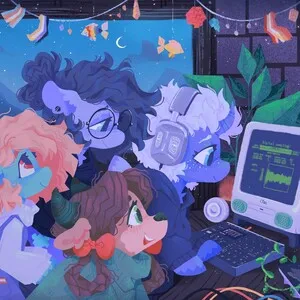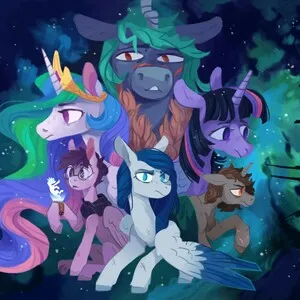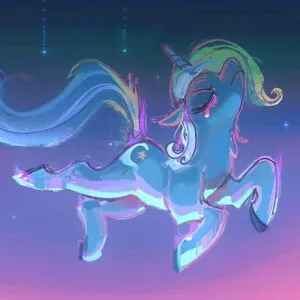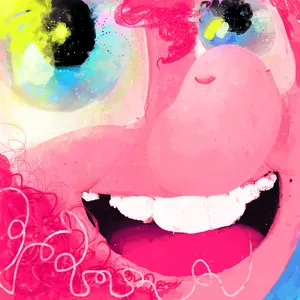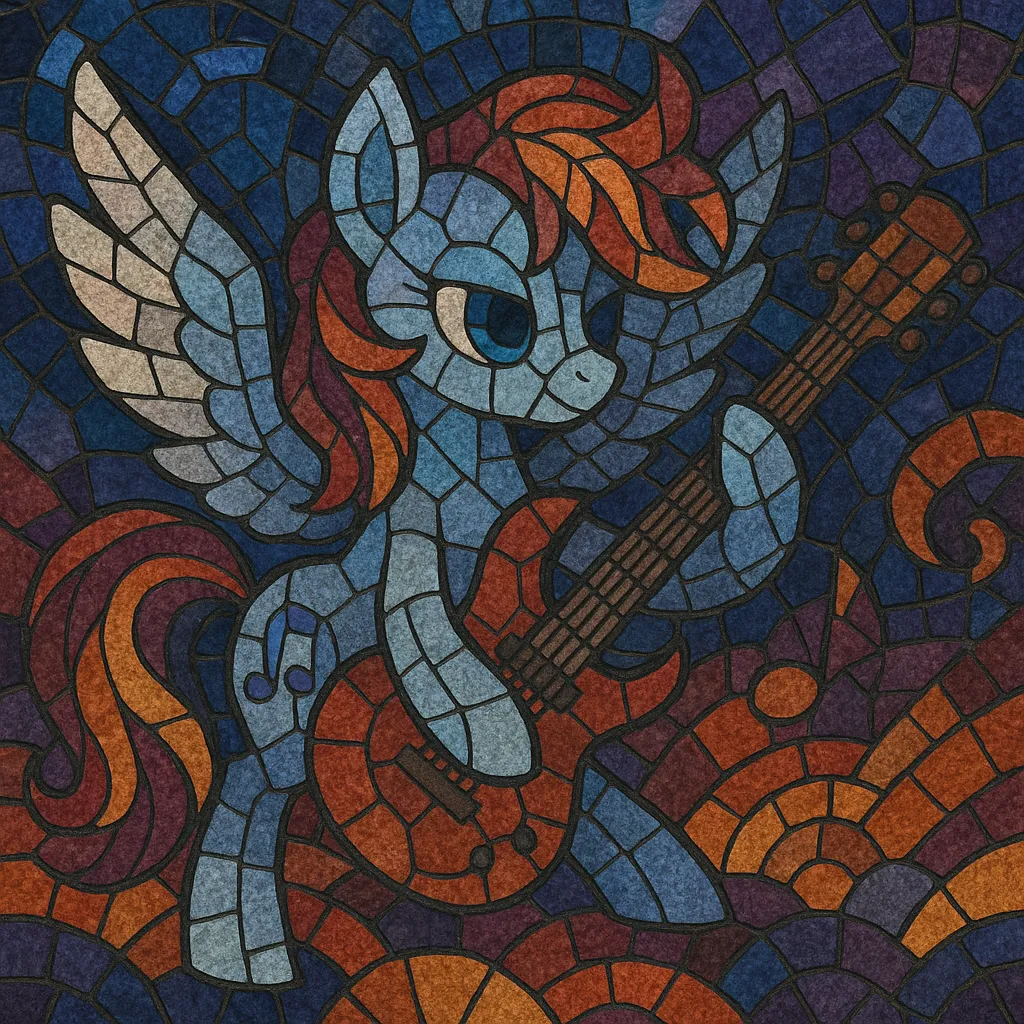
Brony music is a fan-driven umbrella of songs and instrumentals inspired by My Little Pony: Friendship Is Magic and its fandom. It is not a single sonic formula but a community-defined scene spanning EDM, rock/metal, pop, orchestral, and hip hop.
Producers and bands commonly write character-themed songs, episode retellings, and world-building pieces, often sampling dialogue, sound effects, or melodic fragments from the show. Releases spread primarily through YouTube, Bandcamp, and convention stages, with vibrant remix culture and collaborative projects.
A hallmark is the meeting point of upbeat, anthemic hooks (friendship, hope, adventure) with internet-native production aesthetics (electro house, dubstep/brostep drops, eurobeat choruses), alongside acoustic ballads and cinematic/orchestral works that mirror the show’s storytelling.
The genre emerged alongside the rapid growth of the brony fandom that formed around My Little Pony: Friendship Is Magic (2010). Early hubs like 4chan’s /co/ and /mlp/, YouTube, and fan forums incubated producers who wrote original songs about characters and episodes, often pairing EDM drops or eurobeat choruses with pony-themed lyrics. Early viral tracks set the tone for high-energy, hook-driven songs tied to the show’s narratives.
Dedicated creators and curators (channels, fan blogs, and compilation projects) amplified output, while conventions (e.g., BronyCon and other regional cons) provided stages for live shows and DJ sets. Stylistic breadth expanded: electro house, dubstep/brostep, drum & bass, pop-punk/rock, metalcore, orchestral/cinematic, acoustic singer-songwriter, and hip hop. Remix culture flourished, with producers reinterpreting each other’s tracks and sampling show vocals.
As the fandom stabilized, artists refined production quality and branched into concept albums, character suites, and crossover collaborations. Some musicians maintained a primarily pony-branded catalog; others used the brony scene as a launchpad into broader EDM, pop, or soundtrack-adjacent careers while returning periodically with fandom releases.
Though less centralized than its peak, brony music remains active through seasonal releases, online festivals/charity compilations, and niche labels. Its legacy is a template for modern internet fandom music: agile distribution, multi-genre openness, strong visual identity, and community-first collaboration that can incubate professional careers.

